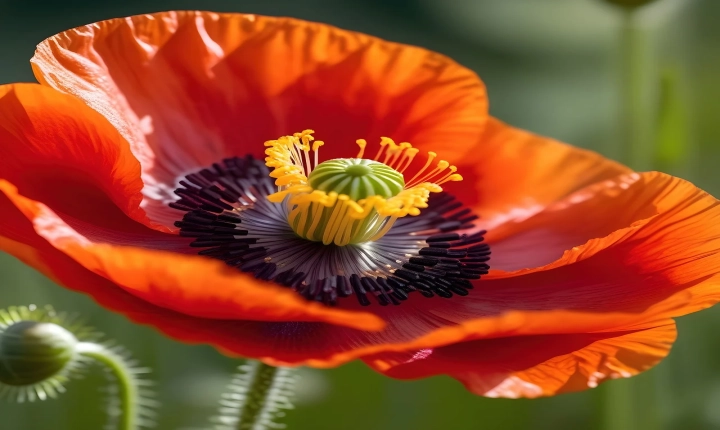Title: How to Identify AI-Generated Art
Artificial intelligence (AI) has made significant strides in the field of creating art, giving rise to a new form of creativity that blurs the lines between human and machine-generated content. As AI-generated art becomes more prevalent, it is essential to develop the ability to discern between human and AI-created artwork. Here are some key ways to identify AI-generated art.
1. Repetitive Patterns: AI algorithms often employ the use of repetition and regularity in their generated art. Look for consistent patterns, shapes, or colors that appear unnaturally uniform or symmetrical. While humans can also create repetitive patterns, AI-generated art tends to exhibit a level of precision and consistency that is rarely achievable through manual methods.
2. Perfect Symmetry: AI-created art frequently showcases perfectly symmetrical compositions that are meticulously balanced on both sides. Human artists may strive for symmetry, but there are often subtle imperfections or variations that distinguish their work from AI-generated pieces. Pay attention to the flawless symmetry in the artwork, as it is a common hallmark of AI creativity.
3. Unconventional Color Schemes: AI-generated art may utilize unconventional or unexpected color combinations that are not commonly found in human-created artwork. Look for vibrant, unusual color palettes that seem to lack the nuanced subtleties and imperfections typically found in human color choices. AI algorithms can experiment with vast arrays of colors and produce combinations that may seem bold and exotic.
4. Abstract Shapes and Forms: AI-generated art often incorporates abstract shapes and forms that appear to be non-representational or surreal. The use of geometric patterns, amorphous structures, or other non-objective elements is a telltale sign of AI influence. Human artists may also create abstract art, but AI-generated pieces tend to exhibit a distinctive aesthetic that is characteristic of algorithmic design.
5. Pixelation or Digital Artefacts: When examining digital art, keep an eye out for pixelation or digital artefacts that indicate the use of computer-generated techniques. AI-generated art may display pixel patterns, irregularities, or digital noise specific to the algorithms used in its creation. These visual anomalies can be a clear indicator of AI involvement in producing the artwork.
6. Unnatural Realism: In the realm of AI-generated images, a recurring trait is the presence of hyper-realistic elements that are just slightly off-kilter. Look for images that appear eerily lifelike yet contain subtle imperfections or distortions that betray their artificial origins. This uncanny valley effect is often present in AI-generated art that seeks to mimic reality but falls short in subtle ways.
As AI continues to evolve and expand its capabilities in the realm of art creation, the need to differentiate between human and AI-generated artwork becomes increasingly important. By familiarizing oneself with the key characteristics of AI-generated art, it becomes possible to appreciate and critically evaluate the unique contributions of both human and machine creativity in the art world.
